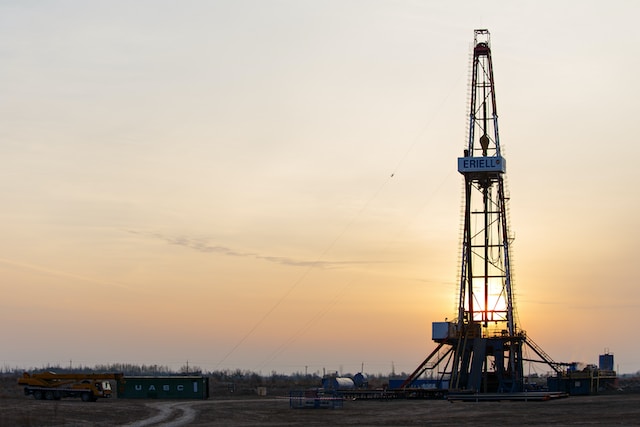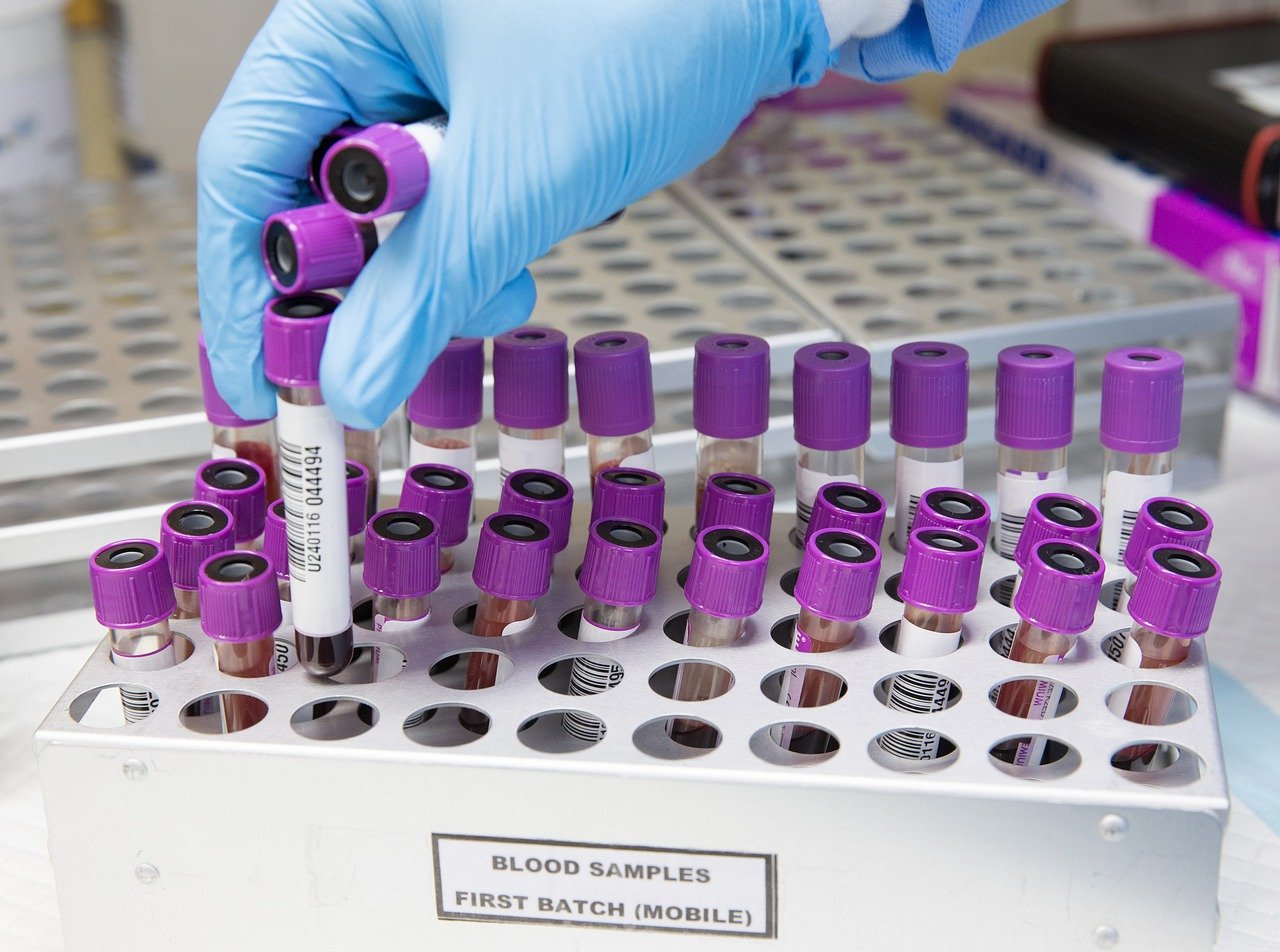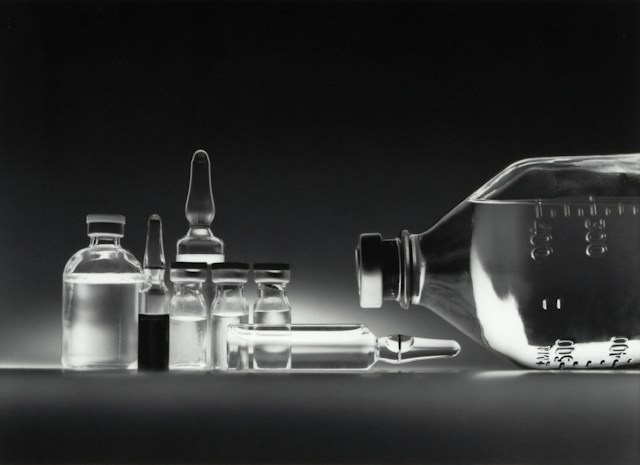Downhole drilling technology refers to the advanced systems and tools used in the oil and gas industry for drilling wells deep underground. This technology allows companies to access reserves far below the earth’s surface and is critical for meeting global energy demands. In this article, we will examine key aspects of modern downhole drilling to understand how this complex process works.
Introduction
Downhole drilling involves deepening into the earth’s crust to tap oil and gas reservoirs trapped in underground rock formations. Companies deploy advanced drilling rigs, equipment, and techniques to drill wells that can extend thousands of feet below the surface. The drilling process requires enormous investments, complex engineering, and skilled personnel. However, successful drilling delivers major rewards in the form of fossil fuel resources to power the world.
Rotary Drilling Techniques
Rotary drilling is the most common technique used today. It employs a drill bit that grinds and chips away rock as it rotates at the bottom of the wellbore. The drill string, comprised of drill pipe and drill collars, turns the bit and provides downward force or “weight on bit” to penetrate deep underground. A drilling fluid known as mud is pumped downhole to cool the bit, lubricate the drill string, and carry rock cuttings back to the surface. The mud also forms a cake on the wellbore walls to prevent collapse. Rotary drilling allows operators to bore precise, vertical wells through varied geology. It is an efficient process refined over decades into the dominant drilling method worldwide.
Modern rotary rigs use high-torque top drives to turn the drill string and advanced mud circulation systems to optimize drilling fluid flow. Computer monitoring maintains ideal weight on bit and rotary speed for the drilling conditions. Rotary bottom hole assemblies are customized with different drill collars, stabilizers, reamers, and more to suit the well trajectory and targeted formations. Operators continually enhance rotary drilling capabilities as deeper, harder-to-reach reservoirs are tapped.
Directional & Horizontal Drilling
Modern drilling is no longer restricted to strictly vertical wells. Directional and horizontal drilling techniques allow operators to steer the wellbore along planned underground paths to reach specific areas. Controlled directional drilling uses special bottom-hole assemblies with bent subs and mud motors. By orienting these tools, drillers can guide the bit away from vertical at precise angles to drill deviated wells. An emerging technique is horizontal drilling, where the wellbore is turned to drill laterally or horizontally for thousands of feet within a production zone. This exposes the wellbore to more of the reservoir to boost production. Directional flexibility enables access to oil and gas deposits far from the drilling site.
Directional drilling control relies on downhole measurement-while-drilling (MWD) tools that use telemetry to communicate data like well angle, azimuth, and tool face back to the driller. This information is used to guide directional adjustments. Rotary steerable systems are also widely used to steer the bit without stopping rotation. Horizontal drilling utilizes specialized motors and bent housings to achieve the sharp bend radius required for lateral drilling. Rigorous modeling and planning are required to execute precision directional and horizontal well paths.
Drill Parts and Equipment
A massive inventory of specialized drill parts and equipment is required to execute modern drilling. The drill bit types like PDC or roller cone bits must be optimized for each formation. Robust drill pipe made from high-strength 718 round bar steel transmits torque and weight on bit thousands of feet underground. Heavy drill collars provide weight to push the bit. Downhole tools like mud motors, stabilizers, reamers, and jars accomplish specific functions. The blowout preventer stack contains well pressure at the surface. Powerful mud pumps circulate drilling fluid, while solids control equipment removes cuttings. The rig provides the tower structure to support miles of drillstring entering the well. Each component leverages advanced materials and designs to perform reliably despite enormous stresses.
Drill crews must be experts at utilizing this equipment. For example, stabilizers are positioned to centralize the string in the wellbore and minimize vibration. Reamers size the hole to accept casing strings. Jars provide impact force to dislodge stuck pipes. Toolhands make up pipe joints while the derrickman maneuvers stand in the tower. Proper equipment function keeps drilling on pace. Drilling contractors invest heavily in rig fleets and customized tooling packages to drive performance. State-of-the-art equipment translates advances in preparing technology into field results.
Enhanced Drilling Technologies
Companies invest heavily in enhanced drilling technologies like measurement-while-drilling (MWD) and logging-while-drilling (LWD). MWD uses downhole tools to collect data on the well’s trajectory, geology, and more while drilling progresses. This data is transmitted in real-time to the surface to guide decisions. LWD provides similar subsurface data from sophisticated logging sensors incorporated into the drill string. These advanced systems deliver vital information to adjust the drilling plan for better performance and reduce risk. Other innovations like drill bit sensors also give drillers increased ‘visibility’ downhole during drilling.
MWD and LWD have become indispensable drilling technologies. MWD helps map the well path and detect issues like vibration, while LWD reveals formation properties like resistivity and porosity. During drilling, this incoming data enables steering to optimize well placement. It also provides early warning of hazards like overpressure zones. With MWD/LWD, drillers gain vision beyond the bit tip to drill smarter wells. These key technologies will continue advancing as operators pursue more profound, challenging wells.
Managed Pressure Drilling
Another field-proven technique is managed pressure drilling (MPD). This optimizes the wellbore pressure profile throughout drilling to prevent influxes, losses, and other problems related to pressure variation. MPD employs special equipment at the surface, such as choke manifold systems. The driller can precisely control back pressure and adjust fluid density to stabilize the wellbore. MPD improves drilling efficiency in narrow pressure margins between pore pressure and fracture gradient. The technique is becoming a game-changer for drilling in high-risk zones.
MPD systems allow very accurate wellbore pressure control compared to conventional drilling. Special rotating control devices isolate and contain pressure at the surface. Fluid density is carefully calibrated, and backpressure is applied to stay within the drilling margin. This prevents fluid losses to weak formations and keeps hydrocarbons from entering the wellbore. MPD variants like mud cap and dual gradient drilling optimize pressure control in ultra-deepwater wells. As reservoirs become more challenging, MPD gives drillers a vital tool to overcome pressure-related risks.
Automation & Monitoring
Automation and advanced monitoring are also transforming drilling. Automated drillers utilize computers and algorithms to control aspects like weight on bit and drill string rotation without human input. This streamlines operations and reduces variability. Monitoring systems utilize Internet-of-things (IoT) sensors to track real-time data on vibration, temperature, and more to prevent failures and optimize drilling performance. Remote operation centers even enable offsite experts to supervise multiple rigs safely. Automation and monitoring drive efficiency while reducing risk.
Drilling automation employs sensors, data transmission systems, controllable rig machinery, and computers to automate repetitive tasks. This provides more consistent control and lightens the workload for rig crews. Automated drillers react and adjust parameters faster than humans to actual downhole conditions. Monitoring systems install arrays of sensors throughout the rig to detect developing problems before they lead to downtime. Analytics software crunches real-time data to model performance, diagnose emerging failures, and guide preventive maintenance. Together, automation and monitoring are pushing drilling to new heights of safety, efficiency, and capability.
Conclusion
Drilling technology has become highly advanced and specialized to overcome the geological and technical hurdles of tapping deeply buried oil and gas deposits. Rotary techniques, directional drilling, enhanced data acquisition, and automated control provide the capabilities necessary to drill extreme wells more precisely than ever. Maintaining integrity with preventive measures is also an essential focus. Downhole drilling is a sophisticated field where operators leverage cutting-edge tools and methodologies to access critical resources as global energy demand continues rising. The industry’s ongoing progress with innovative drilling technology will be crucial to meet the world’s hydrocarbon needs now and into the future.







